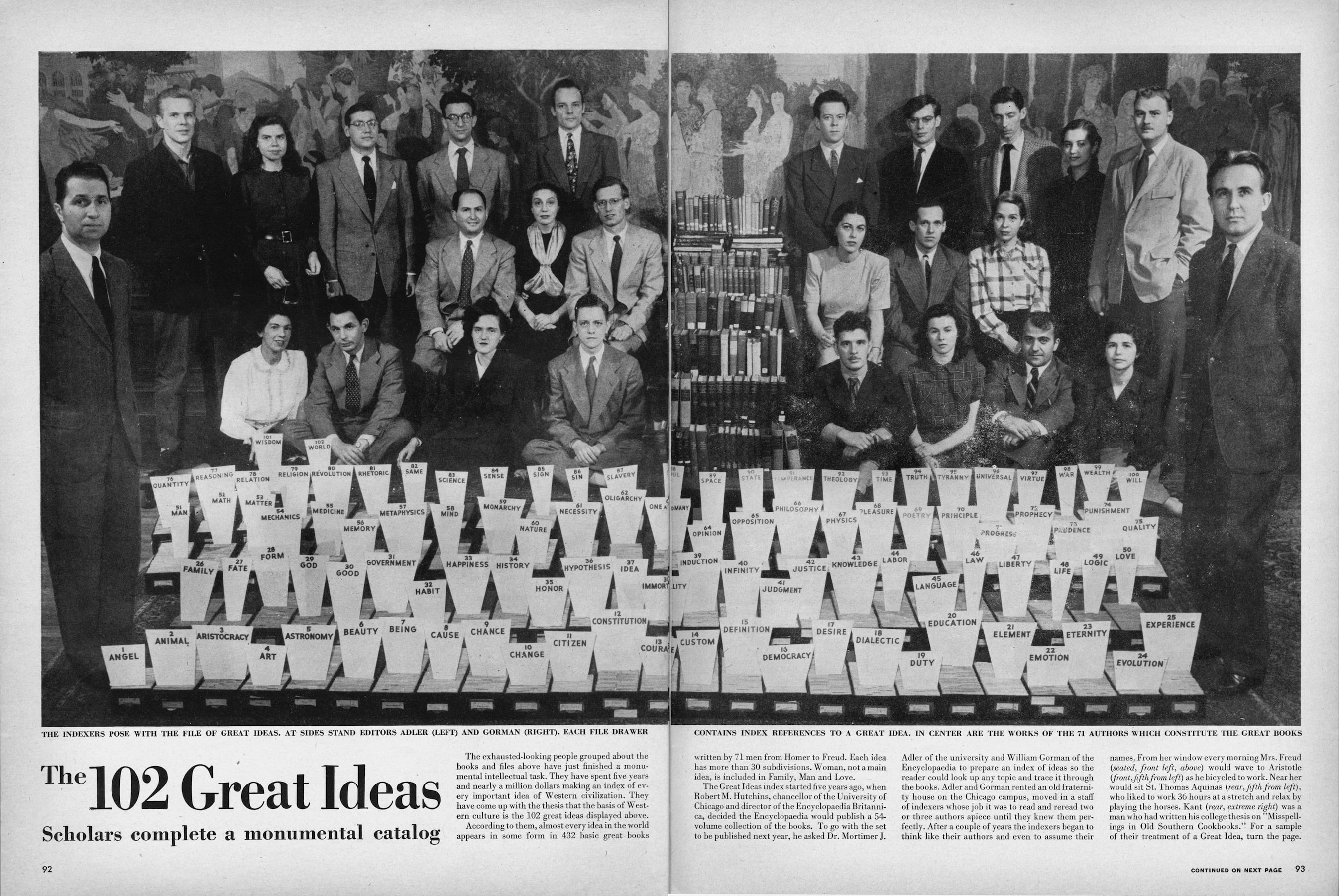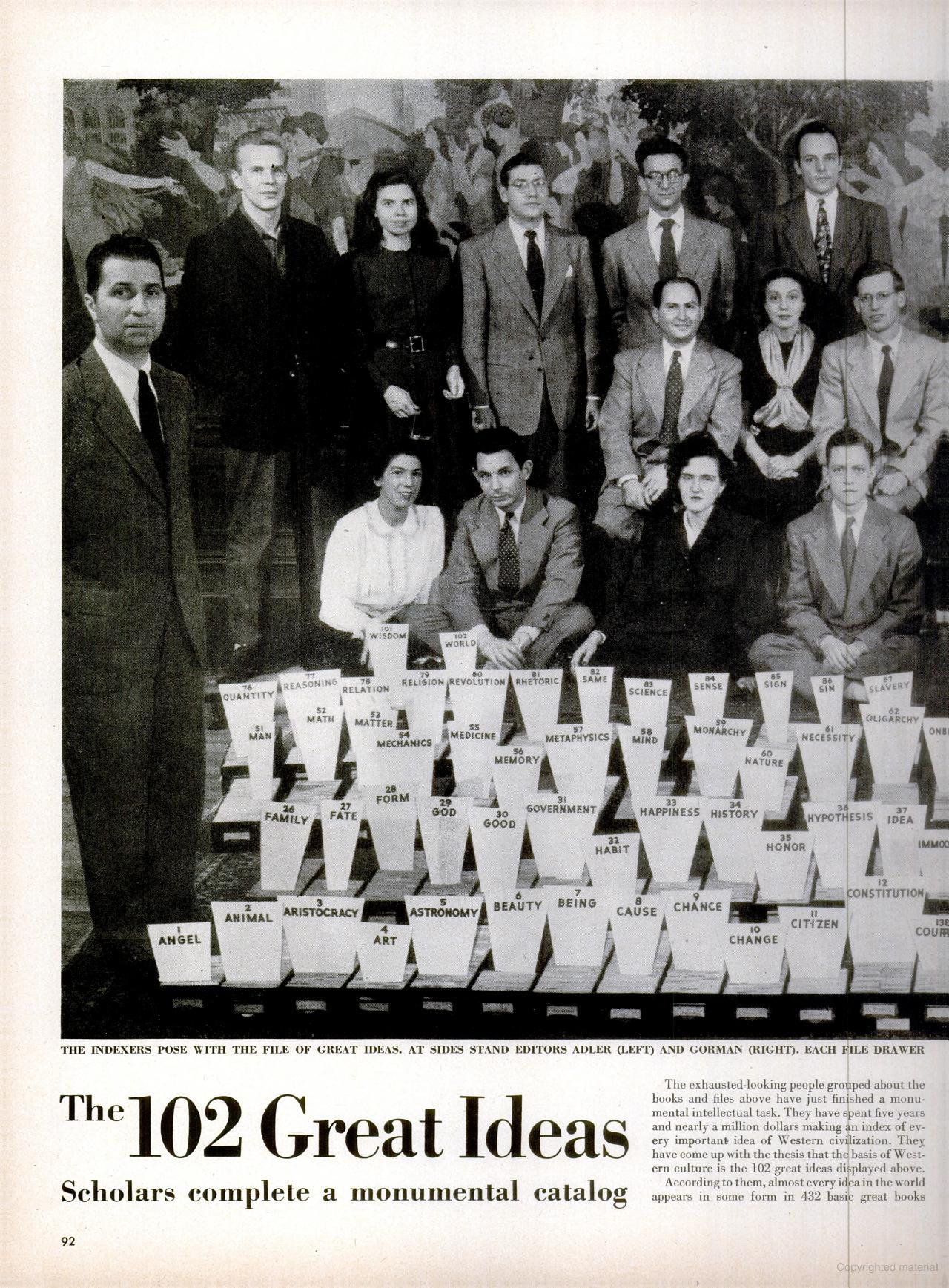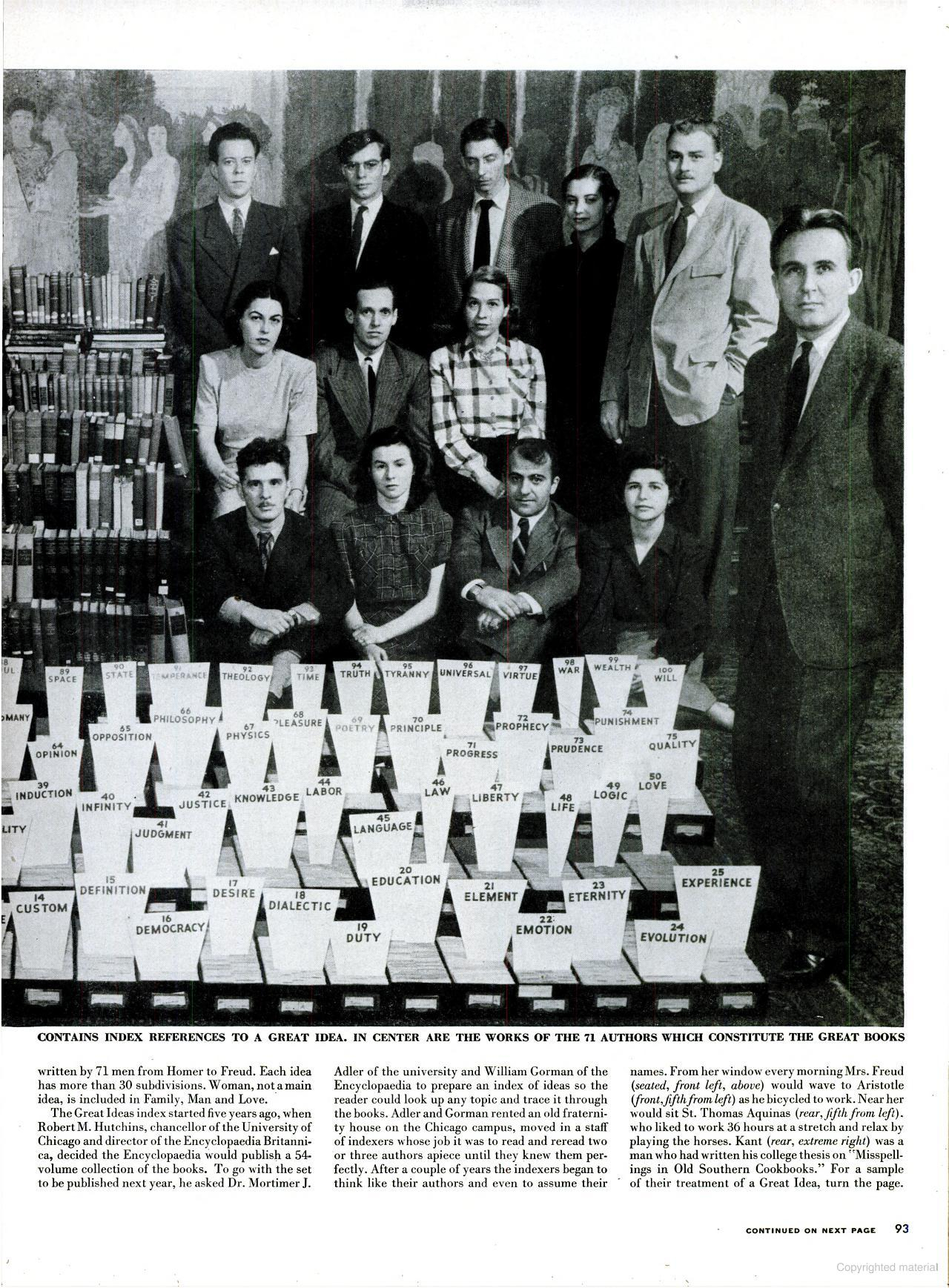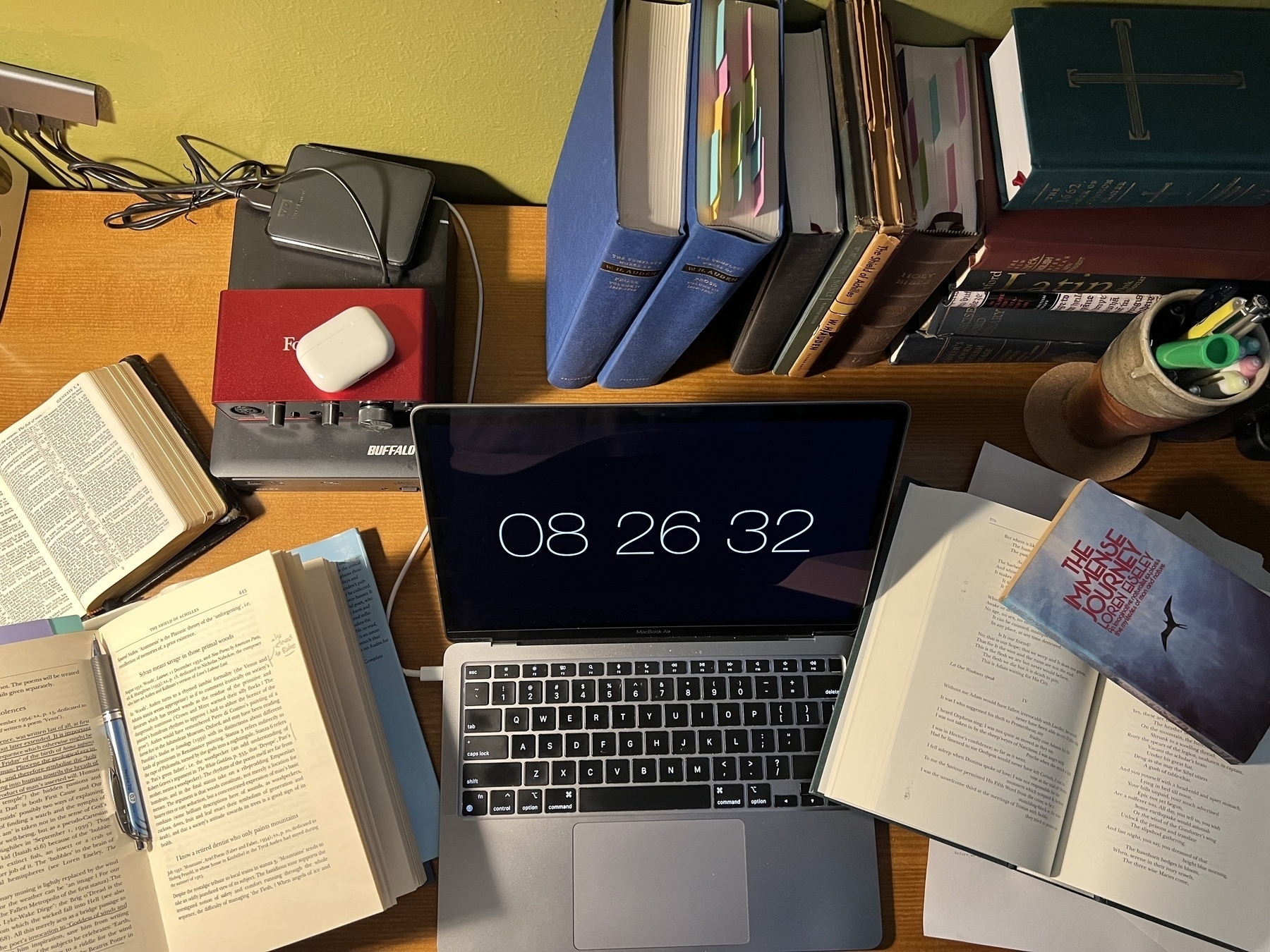Hello u/sscheper,
Let me start by thanking you for introducing me to Zettelkasten. I have been writing notes for a week now and it's great that I'm able to retain more info and relate pieces of knowledge better through this method.
I recently came to notice that there is redundancy in my index entries.
I have two entries for Number Line. I have two branches in my Math category that deals with arithmetic, and so far I have "Addition" and "Subtraction". In those two branches I talk about visualizing ways of doing that, and both of those make use of and underline the term Number Line. So now the two entries in my index are "Number Line (Under Addition)" and "Number Line (Under Subtraction)". In those notes I elaborate how exactly each operation is done on a number line and the insights that can be derived from it. If this continues, I will have Number Line entries for "Multiplication" and "Division". I will also have to point to these entries if I want to link a main note for "Number Line".
Is this alright? Am I underlining appropriately? When do I not underline keyterms? I know that I do these to increase my chances of relating to those notes when I get to reach the concept of Number Lines as I go through the index but I feel like I'm overdoing it, and it's probably bloating it.
I get "Communication (under Info. Theory): '4212/1'" in the beginning because that is one aspect of Communication itself. But for something like the number line, it's very closely associated with arithmetic operations, and maybe I need to rethink how I populate my index.
Presuming, since you're here, that you're creating a more Luhmann-esque inspired zettelkasten as opposed to the commonplace book (and usually more heavily indexed) inspired version, here are some things to think about:<br />
- Aren't your various versions of number line card behind each other or at least very near each other within your system to begin with? (And if not, why not?) If they are, then you can get away with indexing only one and know that the others will automatically be nearby in the tree. <br />
- Rather than indexing each, why not cross-index the cards themselves (if they happen to be far away from each other) so that the link to Number Line (Subtraction) appears on Number Line (Addition) and vice-versa? As long as you can find one, you'll be able to find them all, if necessary.
If you look at Luhmann's online example index, you'll see that each index term only has one or two cross references, in part because future/new ideas close to the first one will naturally be installed close to the first instance. You won't find thousands of index entries in his system for things like "sociology" or "systems theory" because there would be so many that the index term would be useless. Instead, over time, he built huge blocks of cards on these topics and was thus able to focus more on the narrow/niche topics, which is usually where you're going to be doing most of your direct (and interesting) work.
Your case sounds, and I see it with many, is that your thinking process is going from the bottom up, but that you're attempting to wedge it into a top down process and create an artificial hierarchy based on it. Resist this urge. Approaching things after-the-fact, we might place information theory as a sub-category of mathematics with overlaps in physics, engineering, computer science, and even the humanities in areas like sociology, psychology, and anthropology, but where you put your work on it may depend on your approach. If you're a physicist, you'll center it within your physics work and then branch out from there. You'd then have some of the psychology related parts of information theory and communications branching off of your physics work, but who cares if it's there and not in a dramatically separate section with the top level labeled humanities? It's all interdisciplinary anyway, so don't worry and place things closest in your system to where you think they fit for you and your work. If you had five different people studying information theory who were respectively a physicist, a mathematician, a computer scientist, an engineer, and an anthropologist, they could ostensibly have all the same material on their cards, but the branching structures and locations of them all would be dramatically different and unique, if nothing else based on the time ordered way in which they came across all the distinct pieces. This is fine. You're building this for yourself, not for a mass public that will be using the Dewey Decimal System to track it all down—researchers and librarians can do that on behalf of your estate. (Of course, if you're a musician, it bears noting that you'd be totally fine building your information theory section within the area of "bands" as a subsection on "The Bandwagon". 😁)
If you overthink things and attempt to keep them too separate in their own prefigured categorical bins, you might, for example, have "chocolate" filed historically under the Olmec and might have "peanut butter" filed with Marcellus Gilmore Edson under chemistry or pharmacy. If you're a professional pastry chef this could be devastating as it will be much harder for the true "foodie" in your zettelkasten to creatively and more serendipitously link the two together to make peanut butter cups, something which may have otherwise fallen out much more quickly and easily if you'd taken a multi-disciplinary (bottom up) and certainly more natural approach to begin with.
(Apologies for the length and potential overreach on your context here, but my two line response expanded because of other lines of thought I've been working on, and it was just easier for me to continue on writing while I had the "muse". Rather than edit it back down, I'll leave it as it may be of potential use to others coming with no context at all. In other words, consider most of this response a selfish one for me and my own slip box than as responsive to the OP.)



 “The Indexers pose with the file of Great Ideas. At sides stand editors [Mortimer] Adler (left) and [William] Gorman (right). Each file drawer contains index references to a Great Idea. In center are the works of the 71 authors which constitute the Great Books.” From “The 102 Great Ideas: Scholars Complete a Monumental Catalog,” Life 24, no. 4 (26 January 1948). Photo: George Skadding.
“The Indexers pose with the file of Great Ideas. At sides stand editors [Mortimer] Adler (left) and [William] Gorman (right). Each file drawer contains index references to a Great Idea. In center are the works of the 71 authors which constitute the Great Books.” From “The 102 Great Ideas: Scholars Complete a Monumental Catalog,” Life 24, no. 4 (26 January 1948). Photo: George Skadding.


